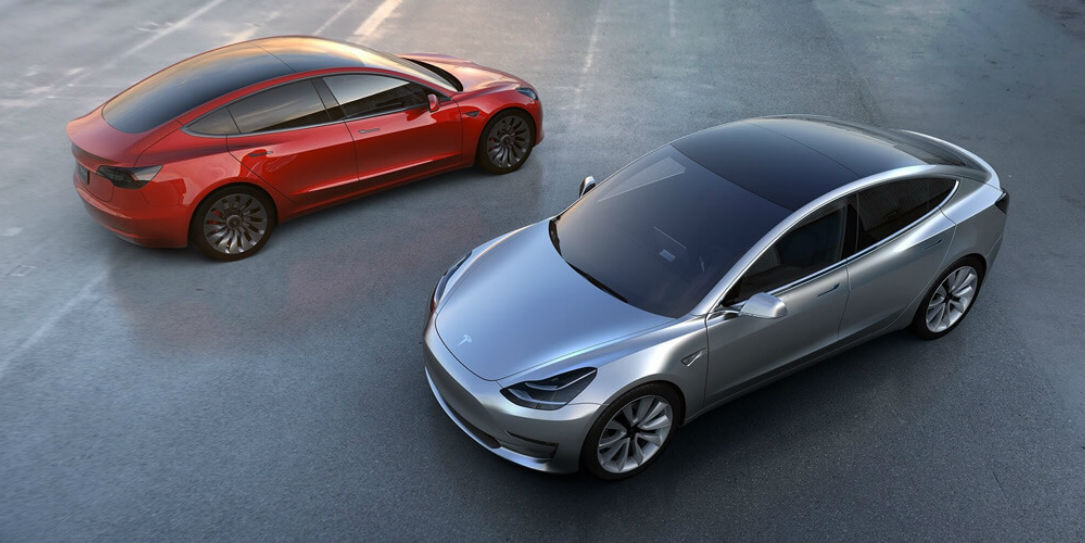Some say that electric vehicles (EVs) represent the future of transportation. Even some prominent automobile manufacturers are pivoting to focus exclusively on EVs and all the features that come with them. Innovations in EVs go hand-in-hand with innovations in Autonomous Vehicles (AVs) because these two vehicle types support one another in making cars safer and smarter. Now, vehicle intelligence is being further enhanced with mood-detection technology.
So much of driving is about the anticipation of others’ actions. Since our moods affect our driving behaviors, mood-detection technology is a promising solution for safer roads. But can this tech actually make a difference?
Mood detection is enhancing the ability of smart cars to assess driving situations in more human ways. The implications of this technology as well as the extent to which it improves driving safety will determine the future of its adoption. However, the benefits of mood-detection tools may extend beyond collision prevention.
What is Mood-Detection in Smart Cars?
Before diving into the potential of mood detection in smart vehicles, it helps to understand the context of this technology. There are multiple examples of innovation in the arena of assessing human emotion to produce actionable improvements in driving. From automotive empathy to on-road stress-reduction, mood detection in smart cars is revving up as a next-gen solution for many driving problems.
That’s because mood detection tools are more possible than ever with advancements in adjacent fields like artificial intelligence and the Internet of Things (IoT). Connected smart devices sense and monitor data, which is then fed back to ambient and/or centralized information systems. From here, smart cars are capable of alerting drivers to potential situations or even correcting them on their own.
Mood detection in smart cars is a combination of sensors, cameras, and other connected data-driven devices that can generate a broader picture of a driver’s emotional and mental condition. For instance, a driver-facing camera studies facial expressions. Then, the AI can adjust the environment of the cab or even correct driving mistakes based on the level of automation built into the vehicle. Modern computing has made cars smarter than ever, however, and mood detection tech is just the next step.
Imagine a car that can sense when you’re drowsy. Through biosensors, cameras, and even radar, the car’s computers monitor blinks and yawns. If signs of drowsiness occur, the built-in AI steps in to suggest that the driver pulls over for rest while optimizing cabin temperature and airflow to promote wakefulness.
Such a car is not far off. Advancements in mood detection are already making their way into millions of vehicles through software like Affectiva’s Automotive AI, which has trained its emotion detection tech on 6 million faces from 87 different countries. The better our cars understand us through tools like these, the more potential we’ll have to make systems that keep us safer.
Can Mood-Detection Make Driving Safer?

According to data from the U.S. Department of Transportation, human choice is linked to 94% of serious automobile accidents. If mood detection technology can cut down on even a small portion of these accidents, then lives might be saved on the road. For example, the same Department of Transportation data reveals that 803 fatalities occurred in a single year from drowsy-driving-related incidents. With the potential for cars to catch and combat drowsiness when it occurs on the road, mood detection can make driving safer.
But that’s just one area in which mood detection is improving the safety of smart vehicles. This tool boasts incredible potential to enhance driving safety through a variety of functions. These include
- Driver alerts for distractions. The nature of mood detection sensors allows them to pick up on distractions, even nuanced ones. This is possible through eye movement and audio monitors paired with computer imagery that model the risks associated with driving. Whether the distraction comes from a mobile phone or a drowsy driver, mood-detection systems can then intervene with an alert, helping to improve driver behavior.
- Ambient computing. Ambient computing entails sensors that blend in with our environments to produce data and automated solutions. Smart cars are perfect for this since they provide environments in which users sit still and face a singular direction. Mood detection tech includes these ambient sensors, capable of monitoring and learning from all kinds of human driving behavior. From this data alone, the potential for safe innovations in the future is maximized.
- Stress-reduction. Studies have shown that people aren’t the best drivers when they are stressed. Fortunately, smart cars are fighting driver stress through automotive empathy. Mood-detection systems learn from driver preferences, then apply that knowledge to cultivating the ideal environment for stress reduction and focus. This might mean adjusting the temperature in the vehicle, starting a driver’s favorite playlist, or even altering ventilation.
With benefits like these, driving is set to become the first comprehensive ambient computing experience most people will interact with. The rewards are too great for companies and consumers not to continue to invest and experiment with mood-detection technologies. Driving safety will be revolutionized as smart cars integrate these AI systems, allowing them to more efficiently do everything from waking up drowsy drivers to reducing stress amid traffic congestion.
Improving Road Conditions with Evolving EVs
Mood detection technology is one more feature set to elevate the popularity of EVs and AVs. With nearly 100 new models of EVs to hit the market by 2024, the use of these tools will spread further into the market, giving drivers a taste of the safety and efficiency inherent in smart vehicles.
By leveraging this efficiency, smart cars make the world safer not just for human beings but for entire ecosystems. AI and its subfield of deep learning are changing the way machines function alongside humans. As a result, we can reduce everything from driving accidents to the amount of rare earth materials used in car parts.
Mood detection is a step towards a better understanding of drivers as well as overall public well-being. By implementing this technology in evolving EVs, road conditions can become a lot safer. Explore the potential of mood detection in smart cars for developing a safer future on the road.
What do you think? Please share your thoughts on any of the social media pages listed below. You can also comment on our MeWe page by joining the MeWe social network.










